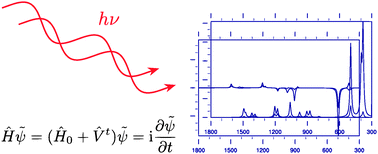The ab initio calculation of molecular electric, magnetic and geometric properties
Abstract
We give an account of some recent advances in the development of ab initio methods for the calculation of molecular response properties, involving electric, magnetic, and geometric perturbations. Particular attention is given to properties in which the basis functions depend explicitly both on time and on the applied perturbations such as perturbations involving nuclear displacements or external magnetic fields when London atomic orbitals are used. We summarize a general framework based on the quasienergy for the calculation of arbitrary-order molecular properties using the elements of the density matrix in the atomic-orbital basis as the basic variables. We demonstrate that the necessary perturbed density matrices of arbitrary order can be determined from a set of linear equations that have the same formal structure as the set of linear equations encountered when determining the linear response equations (or time-dependent self-consistent-field equations). Additional components needed to calculate properties involving perturbation-dependent basis sets are flexible one- and two-electron integral techniques for geometric or magnetic-field differentiated integrals; in Kohn–Sham density-functional theory (KS-DFT), we also need to calculate derivatives of the exchange–correlation functional. We describe a recent proposal for evaluating these contributions based on automatic differentiation. Within this framework, it is now possible to calculate any molecular property for an arbitrary self-consistent-field reference state, including two- and four-component relativistic self-consistent-field wave functions. Examples of calculations that can be performed with this formulation are presented.


 Please wait while we load your content...
Please wait while we load your content...